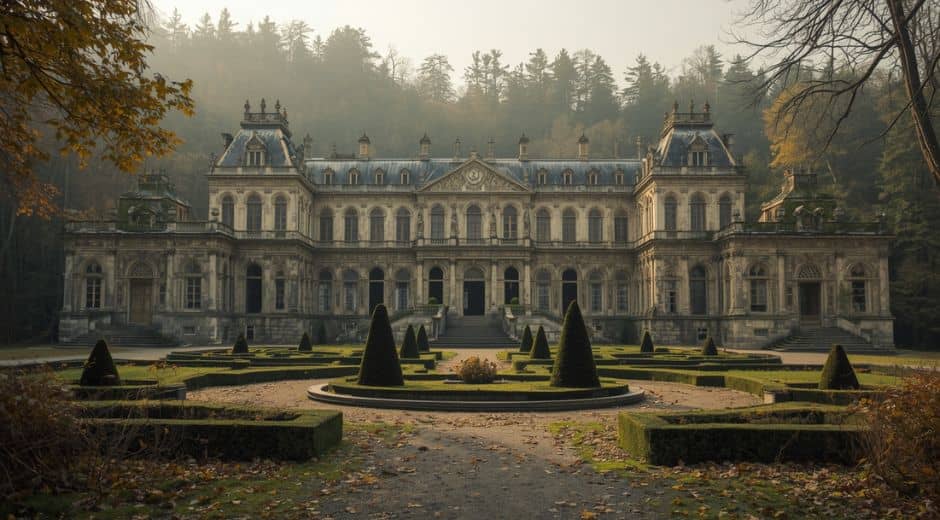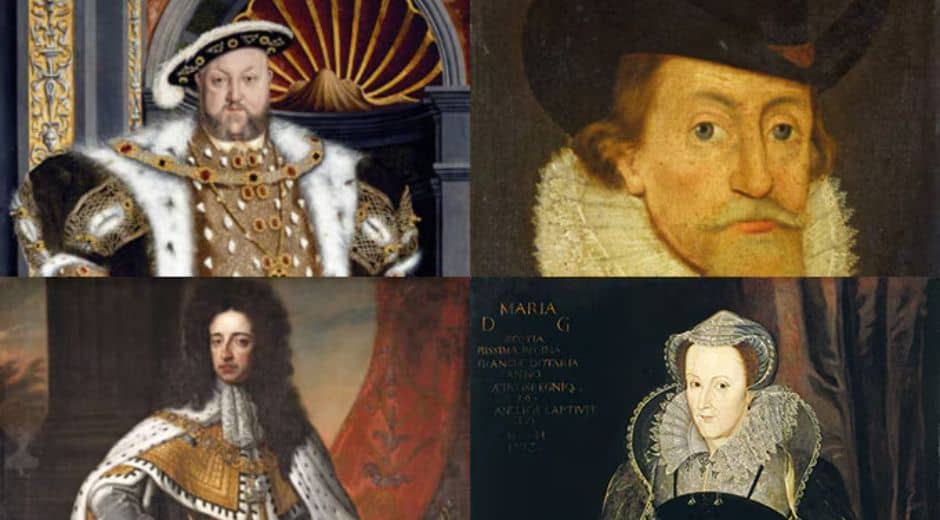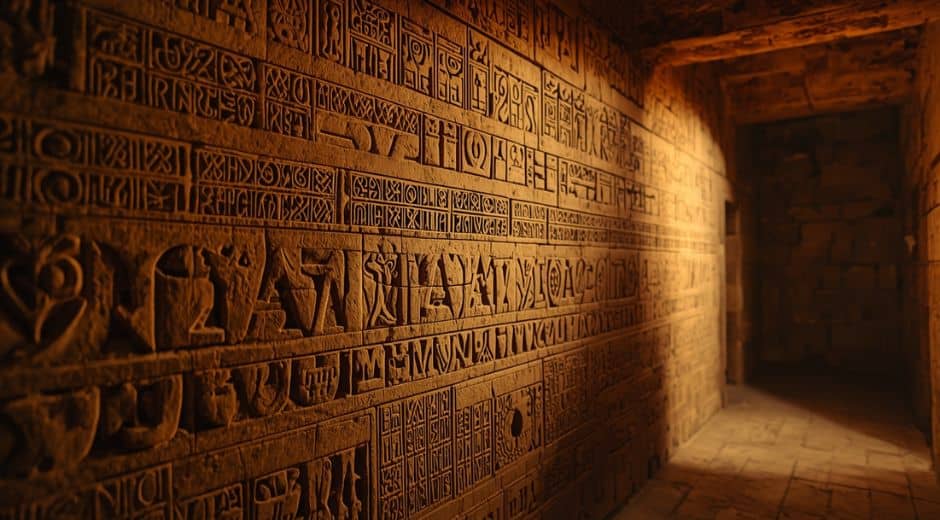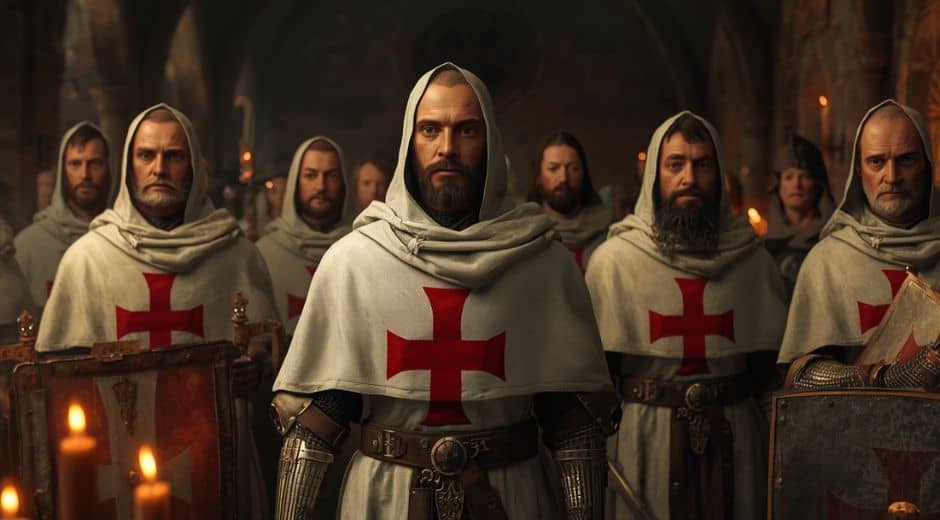The Lost Palaces of Europe: Forgotten Royal Residences
The Lost Palaces of Europe: Forgotten Royal Residences
When we think of Europe, we often imagine grand castles and opulent royal estates. Yet, many of these magnificent structures have vanished from public memory, their stories buried beneath time. The continent is dotted with Lost Palaces, remnants of former glory that once hosted kings, queens, and nobles whose lives shaped history. These forgotten residences offer a glimpse into lavish lifestyles, political intrigue, and architectural brilliance that few modern visitors ever witness.
From the crumbling walls of French châteaux to abandoned Italian villas, each site tells a tale of ambition, wealth, and sometimes, tragedy. Today, exploring these Lost Palaces is like stepping back into a world of elegance and secrecy, where every hallway and hidden chamber speaks of the past.
The Rise and Fall of Royal Grandeur
The history of Europe’s Lost Palaces is often intertwined with the shifting tides of power. Wars, revolutions, and financial crises led many royals to abandon or lose their estates. For instance, the French Revolution marked the end of countless grand residences, leaving behind only ruins and echoes of courtly life. Similarly, the political upheavals in Eastern Europe saw historic palaces fall into neglect or disrepair.
Each of these Lost Palaces carries a unique story. Some were the sites of secret meetings that changed nations. Others were extravagant homes for rulers whose names are rarely remembered today. The grandeur of these palaces often masked the vulnerabilities of their owners, highlighting the fleeting nature of political power.
Architectural Wonders Concealed by Time
One of the most captivating aspects of Lost Palaces is their architecture. Many feature intricate stonework, soaring ceilings, and ornate facades that rival the best-known castles and mansions. Yet, nature and time have reclaimed much of these spaces. Ivy-covered walls, collapsed roofs, and overgrown gardens add to their mystique, offering photographers and historians alike a hauntingly beautiful tableau.
From the Baroque splendor of central Europe to Renaissance masterpieces in Italy, these palaces reflect the artistic movements and cultural priorities of their eras. The combination of artistry and history creates a layered experience that modern travelers can only fully appreciate by walking through their silent corridors. Resources like History provide fascinating insights into these architectural marvels, linking the stories of rulers and their estates with the broader sweep of European history.
Hidden Stories Behind the Walls
The allure of Lost Palaces is not only in their physical beauty but also in the human stories embedded within. Many palaces hold legends of clandestine romances, political plots, and daring escapes. Some halls once hosted celebrations of unimaginable splendor, while secret passages served as escape routes during sieges or revolutions.
These narratives turn each Lost Palace into more than a ruin; they become a chronicle of human ambition and vulnerability. Historians and enthusiasts alike are drawn to uncovering these tales, piecing together diaries, letters, and artifacts to reconstruct lives that history almost forgot. Websites like MovieFil even showcase cinematic representations of such lost grandeur, blending imagination with historical context.
The Role of Nature in Preservation
Nature plays a dual role in the story of Europe’s Lost Palaces. On one hand, exposure to the elements has contributed to their decay — weathering stone walls, eroding sculptures, and reclaiming gardens. On the other hand, this same natural reclamation adds a romantic, haunting quality to the ruins. Overgrown vines, wildflowers, and moss-covered staircases create picturesque scenes that attract both artists and historians.
Visiting these estates often feels like stepping into a painting, where the past and present intertwine. Each ruin tells a story of resilience, reminding us that even abandoned spaces carry life, memory, and beauty.
Modern Rediscovery and Preservation Efforts
Interest in Lost Palaces has surged in recent decades, as historians, architects, and tourists seek to preserve these cultural treasures. Some estates have been partially restored to showcase their original splendor, while others are carefully maintained as archaeological sites. Preservation efforts often balance accessibility with conservation, allowing the public to explore without compromising fragile structures.
At Chronostual, we highlight how these preservation initiatives connect modern audiences with Europe’s hidden history. Whether through guided tours, historical research, or photography, the story of each Lost Palace continues to inspire awe and curiosity.
A Journey Through Time and Memory
Exploring Europe’s Lost Palaces offers a unique way to experience history intimately. Unlike well-known castles, these hidden estates reveal the private lives of rulers and the delicate interplay between architecture, power, and culture. Every broken column, faded fresco, and forgotten chamber speaks to both human creativity and impermanence.
Travelers often describe a sense of melancholy mixed with wonder when wandering through these spaces — a reminder that history is as much about what is lost as what survives. Through their preservation and storytelling, Lost Palaces continue to educate, inspire, and enchant.
Cultural and Cinematic Legacy
The mystique of Lost Palaces has also influenced literature and cinema. Many films and novels draw on the romance, intrigue, and decay of these estates, capturing the imagination of audiences worldwide. From epic historical dramas to gothic tales of mystery, the cinematic depiction of these palaces keeps their legacy alive. Sites like MovieFil explore these connections, showing how history and art intersect.
This interplay of culture and history ensures that even as some palaces crumble, their stories endure — inspiring contemporary art, fashion, and storytelling. The enduring fascination with Lost Palaces proves that beauty and intrigue can survive beyond bricks and mortar, living on in memory, imagination, and research.
Why We Should Remember the Lost Palaces
Europe’s Lost Palaces are more than architectural ruins; they are a mirror to the past. They remind us of grandeur and folly, triumph and loss, art and ambition. Each palace is a lesson in resilience, history, and the impermanence of human power.
For modern explorers, historians, and storytellers, uncovering these hidden estates is an act of cultural preservation. By documenting and sharing their stories, we ensure that the whispers of forgotten royalty and vanished elegance continue to captivate future generations.
Conclusion: The Enduring Magic of Europe’s Hidden Estates
The Lost Palaces of Europe remain portals into history, offering glimpses of lives, artistry, and culture that would otherwise be forgotten. From crumbling halls to secret gardens, each site invites us to reflect on the passage of time, the fragility of power, and the enduring beauty of human creation.
Whether through travel, research, or art, the exploration of Lost Palaces keeps these hidden histories alive, reminding us that even in ruin, there is splendor waiting to be discovered.
History Insight Legacy

The French Revolution: When the People Rose
The French Revolution ignited a new era of freedom, equality, and human rights, transforming society and inspiring movements that shaped the modern world.

Leonardo da Vinci: Genius Beyond Time
Leonardo da Vinci, the ultimate Renaissance mind, merged art, science, and imagination to redefine creativity and human potential across centuries.

The Black Death: Hidden Impact Behind the Plague
The Black Death reshaped medieval Europe in ways beyond devastation, triggering hidden social, cultural, and economic transformations that redefined civilization.












